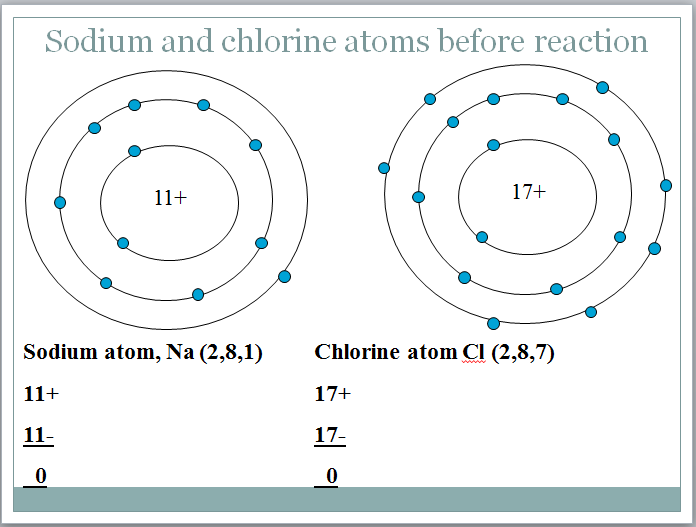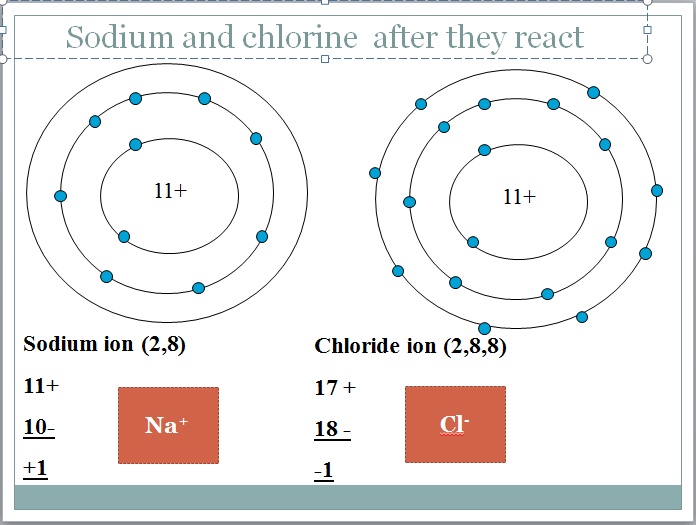Writing chemical formulae
Writing chemical formulae
Compounds made up of ions are called ionic compounds. When they are named the metal ion goes first and the non metal ion comes last.

To write the chemical formula from the name go through these steps.
(1)Write down the ions from the table (you are always given this)
(2)successively add postive and negative ions till the total charges balance
(3)Write the chemical formula. Aluminium oxide has been done for you.
(4)in the case of copper nitrate where two nitrate ions are needed to balance charge we need to put the nitrate ions in brackets e.g. Cu(NO3)2.

Homework
Enter the date in your book and write the chemical formula for these these compounds.
(1) sodium oxide
(2) calcium hydroxide
(3) potassium carbonate
(4) zinc chloride
(5) magnesium nitrate
(6) aluminium carbonate


